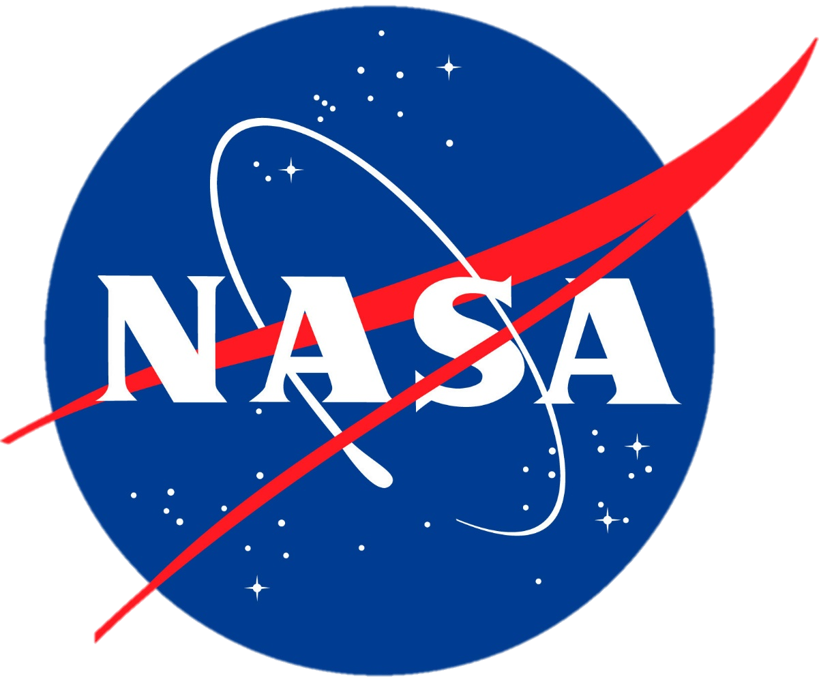Tess
The Transiting Exoplanet Survey Satellite (TESS) is a space telescope for NASA’s Explorers program, designed to search for exoplanets using the transit method in an area 400 times larger than that covered by the Kepler mission.It was launched on April 18, 2018 atop a Falcon 9 rocket. During its 2-year primary mission, it is expected to find more than 20,000 transiting exoplanets, compared to about 3,800 exoplanets known when it launched. The first light image from TESS was taken on August 7, 2018, and released publicly on September 17, 2018.
The primary mission objective for TESS is to survey the brightest stars near the Earth for transiting exoplanets over a two-year period. The TESS satellite uses an array of wide-field cameras to perform a survey of 85% of the sky. With TESS, it is possible to study the mass, size, density and orbit of a large cohort of small planets, including a sample of rocky planets in the habitable zones of their host stars. TESS will provide prime targets for further characterization by the James Webb Space Telescope, as well as other large ground-based and space-based telescopes of the future. While previous sky surveys with ground-based telescopes have mainly detected giant exoplanets, TESS will find a large number of small planets around the nearest stars in the sky. TESS records the nearest and brightest main sequence stars hosting transiting exoplanets, which are the most favorable targets for detailed investigations.
TESS uses a novel highly-elliptical orbit around the Earth with an apogee approximately at the distance of the Moon and a perigee of 108,000 km. TESS orbits Earth twice during the time the Moon orbits once, a 2:1 resonance with the Moon. The orbit is expected to remain stable for a minimum of 10 years.
Led by the Massachusetts Institute of Technology with seed funding from Google, on April 5, 2013, it was announced that TESS, along with the Neutron Star Interior Composition Explorer (NICER), had been selected by NASA for launch






